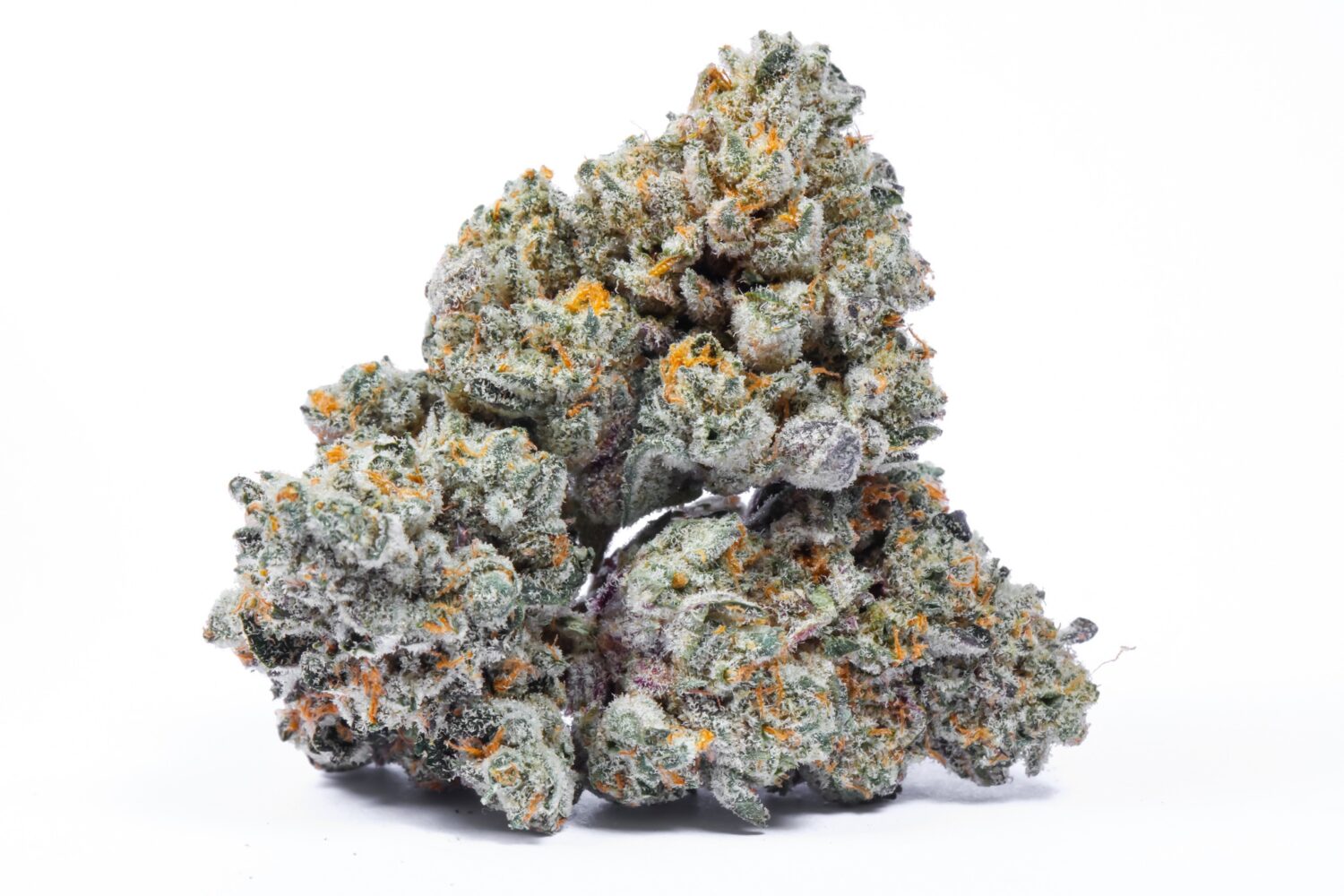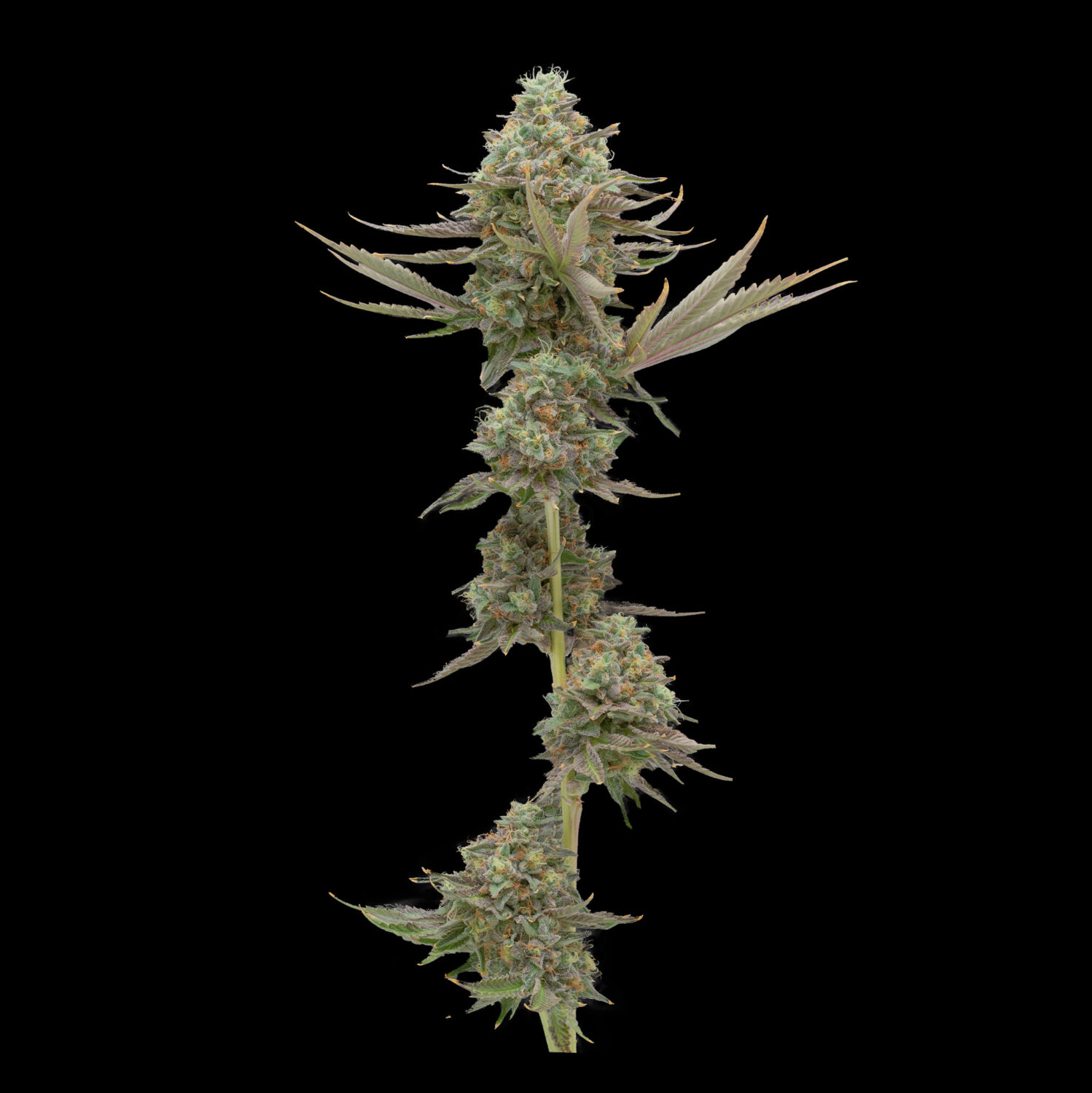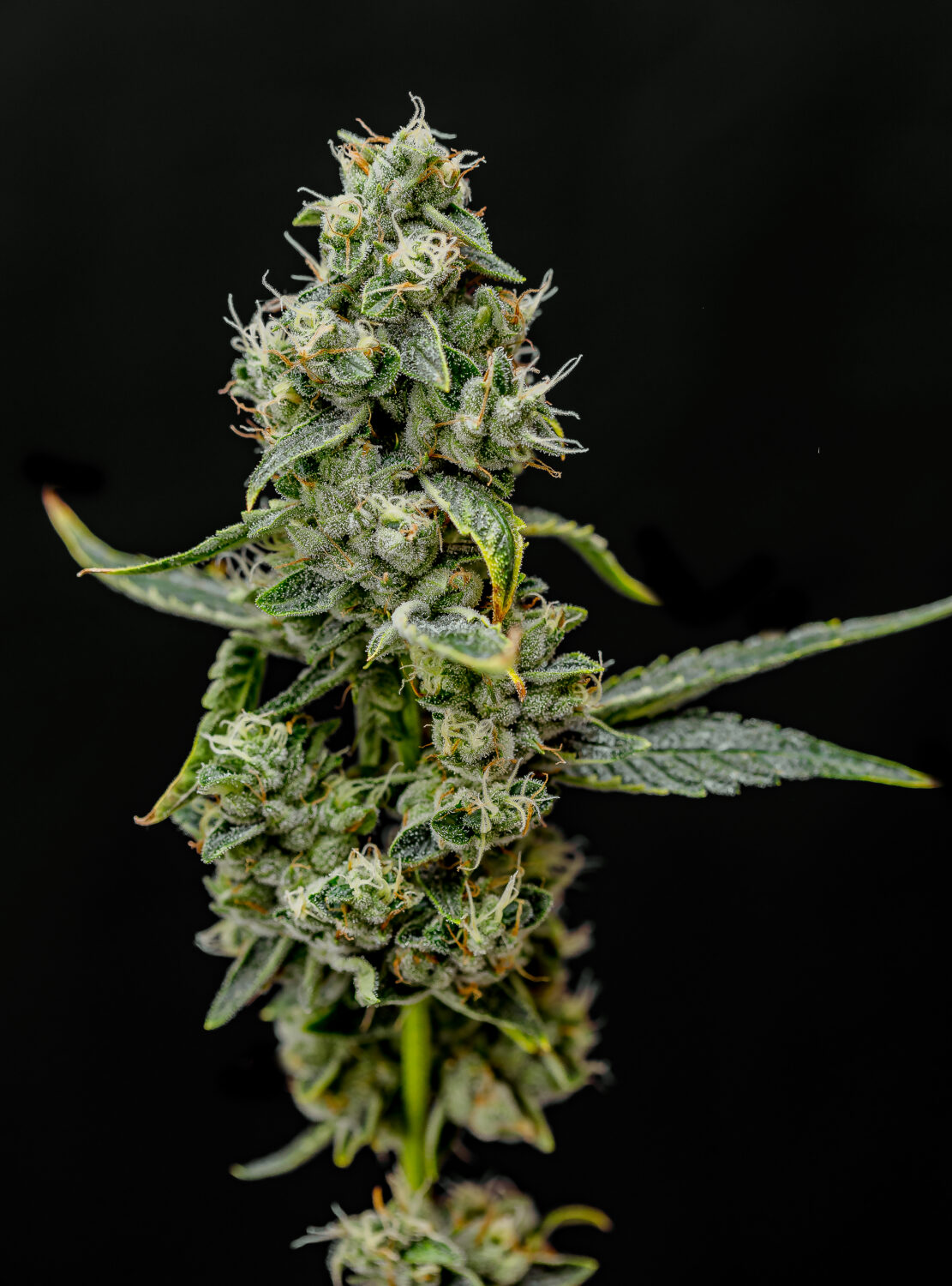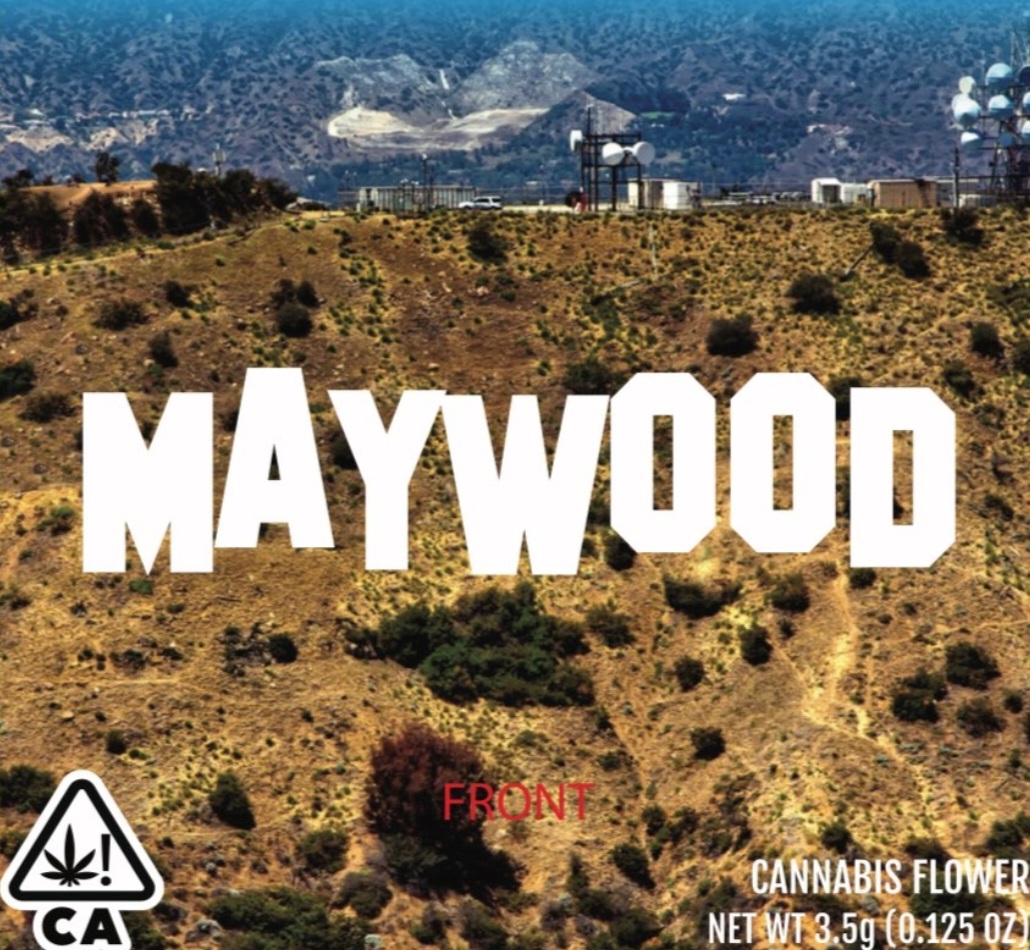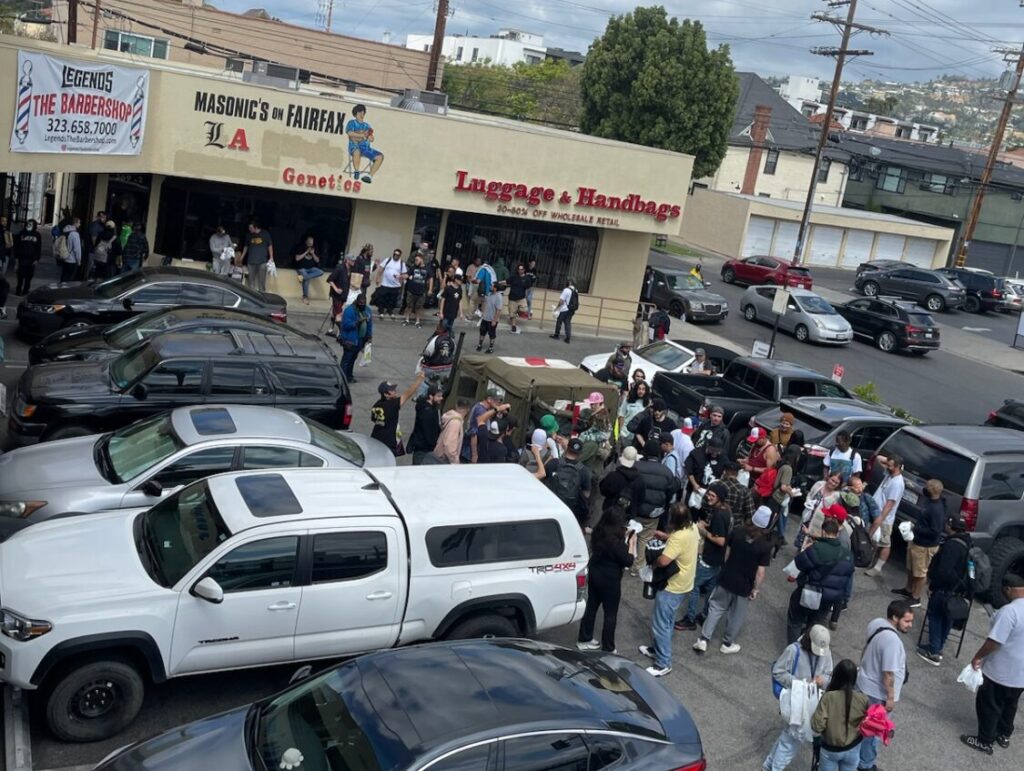FEDERAL CANNABIS ARRESTS DIP 24% IN 2022
FEDERAL CANNABIS ARRESTS DIP 24% IN 2022 Advocates are celebrating federal cannabis arrests dropping 24% in 2022 After frequently noting all the cannabis progress happening around the country and the world in recent years, we were a bit caught off guard by the large jump in cannabis arrests during the first year of the Biden…
FEDERAL CANNABIS ARRESTS DIP 24% IN 2022
Advocates are celebrating federal cannabis arrests dropping 24% in 2022
After frequently noting all the cannabis progress happening around the country and the world in recent years, we were a bit caught off guard by the large jump in cannabis arrests during the first year of the Biden administration. That 2021 jump in arrests was the biggest in a decade, as we noted last year.
This was despite Biden’s promises to pursue decriminalization, now two and a half years ago. Nevertheless, 6,606 people will be arrested by the DEA and partner agencies in 2021. There were further resounding messages from the community that this was the opposite direction we had expected to see cannabis enforcement take in the Biden Administration.
The 5,061 people arrested on federal cannabis charges last year represent a 24% drop from the year before. It also nearly erases the jump from 2021 when the decade-highs in arrests represented a 25% jump from the year before.
NORML noted that while arrests were down, seizures trended in the opposite direction.
The DEA’s Domestic Cannabis Eradication/Suppression Program Statistical Report noted agents and partner agencies confiscated approximately 5.7 million cultivated cannabis plants last year, 37,000 edibles, and 60,000 concentrates. NORML noted that as in the past, most of this enforcement is happening in California. Just over half of all federal cannabis arrests in 2022 took place in California and 88% of all product seized nationally was in The Golden State.
“California has always exported the majority of its marijuana crop out of state and the adoption of adult-use legalization in the Golden State has done little to change this fact,” acknowledged California NORML Coordinator Dale Gieringer. “Illegal marijuana cultivation will persist in California so long as there remains a substantial demand from other states and as long as interstate commerce remains prohibited by federal law.”
California had the most plants seized by a mile. Of the 5.7 million law enforcement scooped up around the county, 4.9 million were here. We had 16.6 times as many plants confiscated as runner-up Oklahoma. Kentucky and West Virginia rounded out the top four.
“The reasons we are still seeing relatively high levels of marijuana eradication and interdiction are simple,” said NORML’s Political Director Morgan Fox. “Despite considerable state-level progress, more than half of all U.S. states continue to ban regulated adult-use cannabis markets. Furthermore, the federal government overtaxes state-licensed cannabis businesses and makes it extremely difficult for them to access basic financial services so that they can better compete with unregulated operators.”
Morgan believes the expansion of state markets and fewer hurdles for operators will do a lot more damage to the underground cannabis economy than any enforcement could ever hope to.
“Spending billions of taxpayers’ dollars to enforce federal cannabis prohibition, putting law enforcement officers in unnecessary danger, and hampering the implementation and effectiveness of state-regulated markets are clearly not the answers to this issue,” Fox said. “Rather, the federal and state governments should work toward furthering sensible policies that facilitate regulated cannabis markets and work to repair the harms caused by nearly a century of prohibition.”

 Photo: Pretty DrugThings/Unsplash
Photo: Pretty DrugThings/Unsplash


